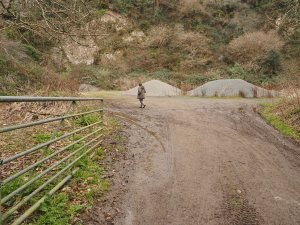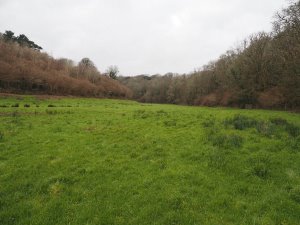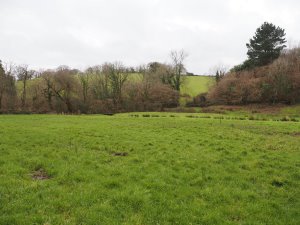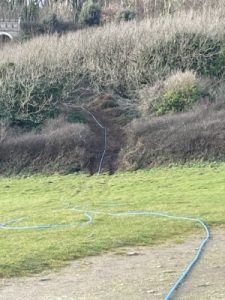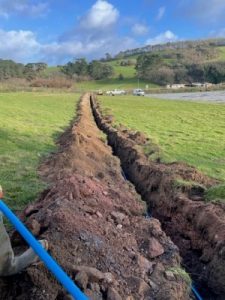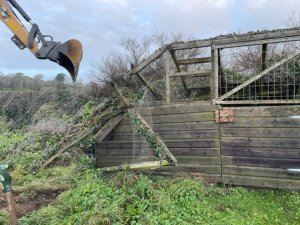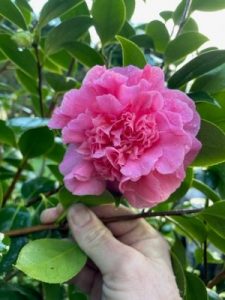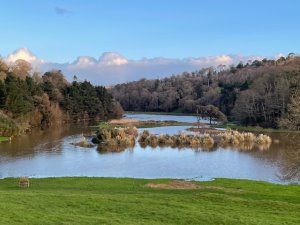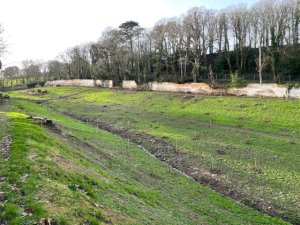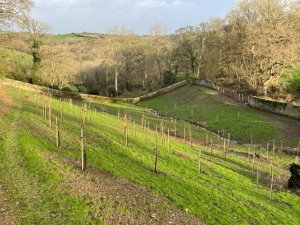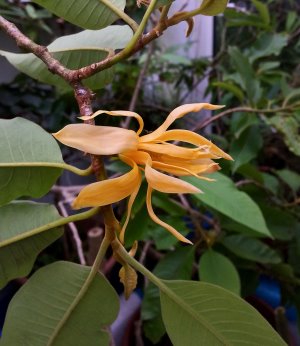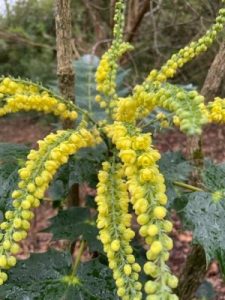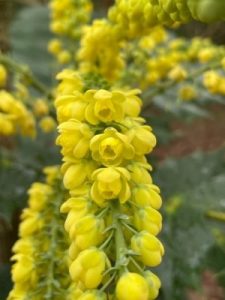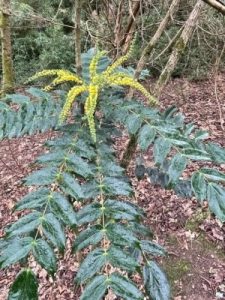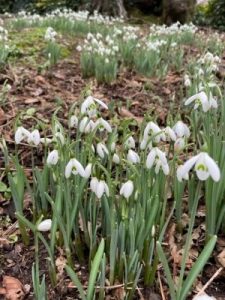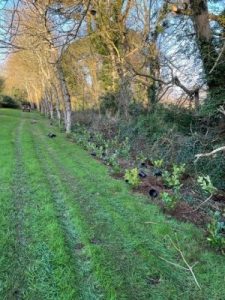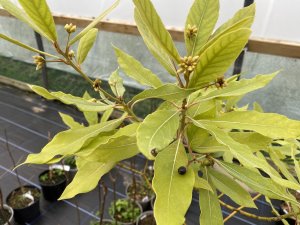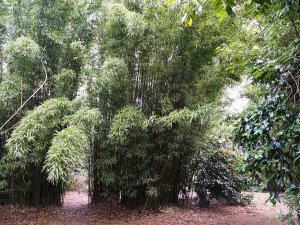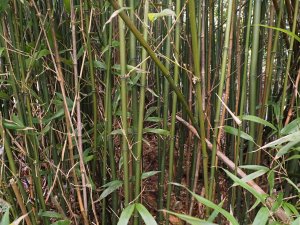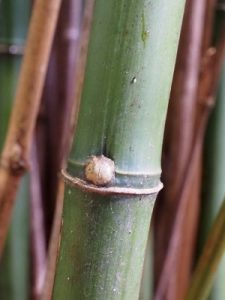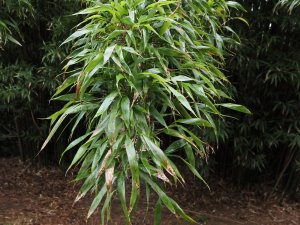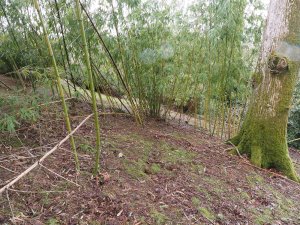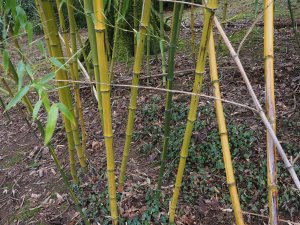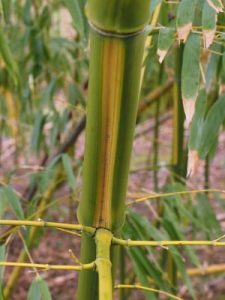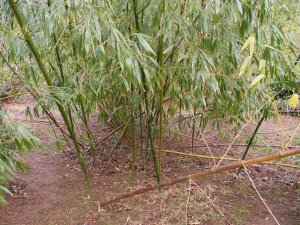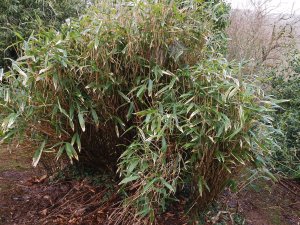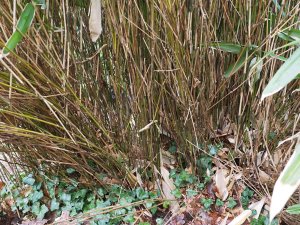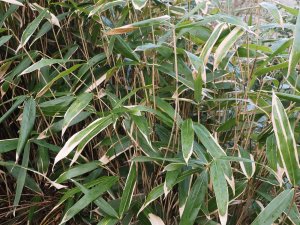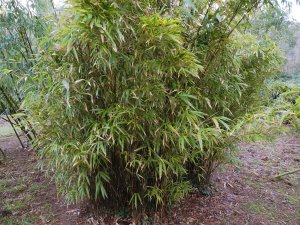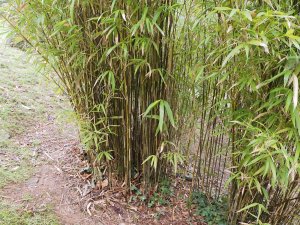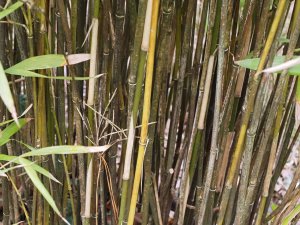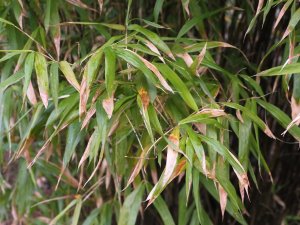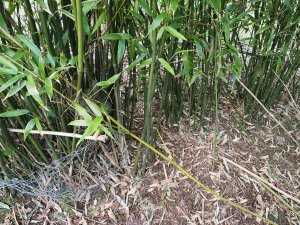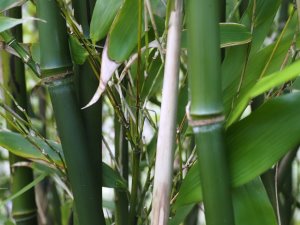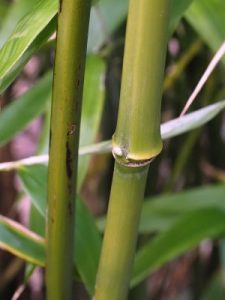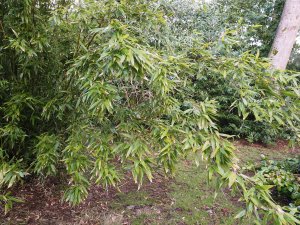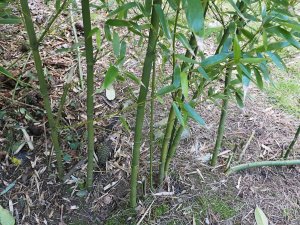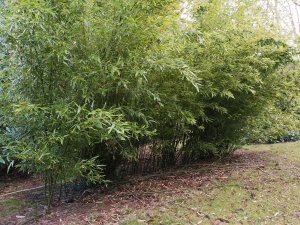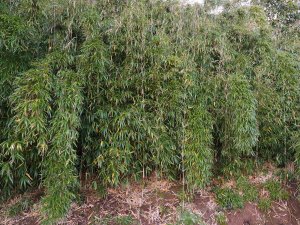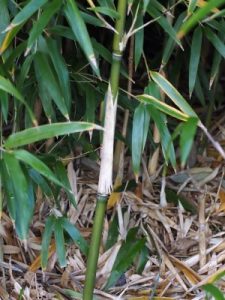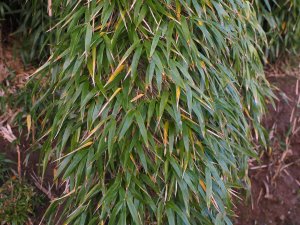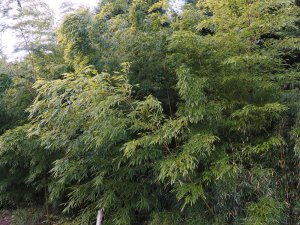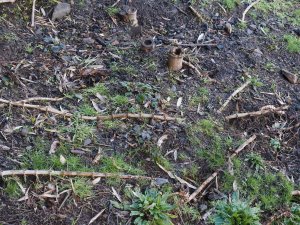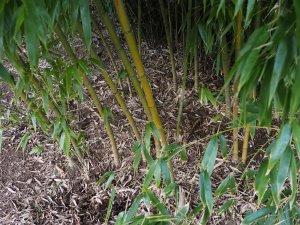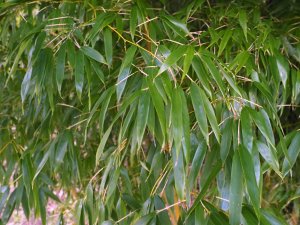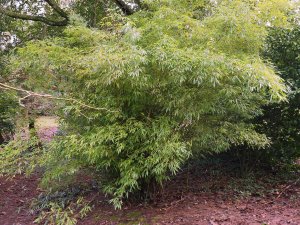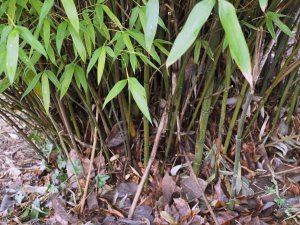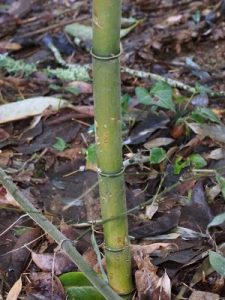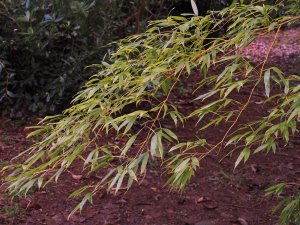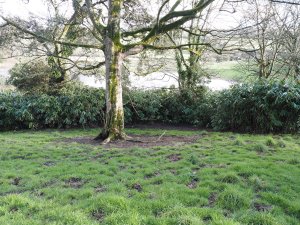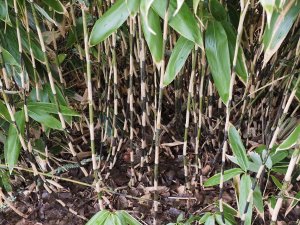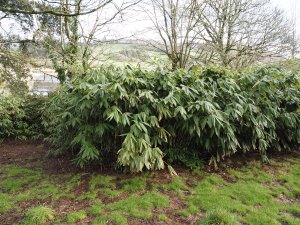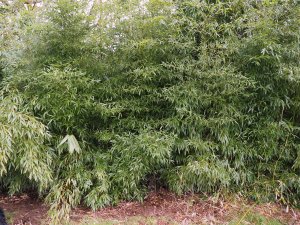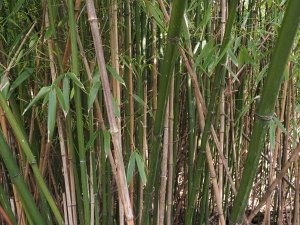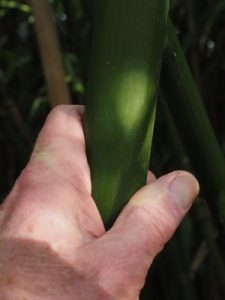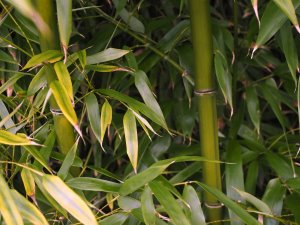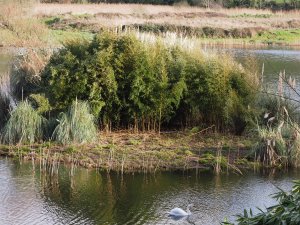2025 – CHW
The day we go on a hunt for Lizzie’s lost pendant and, annoyingly, fail to find it.
Dump Moor field.
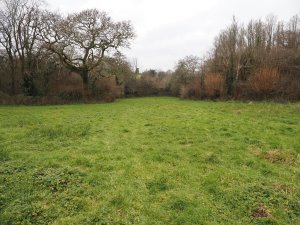
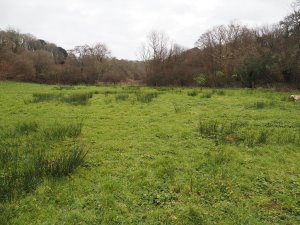
2024 – CHW
A good fire up by the borehole where the top of an elderly beech tree had blown out narrowly missing the borehole tanks themselves. A camellia or two get a haircut but the rest of the beech tree looks sound enough to leave standing.
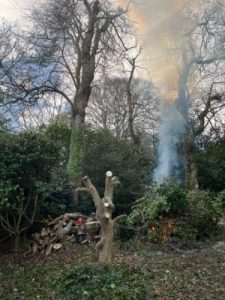
2023 – CHW
Another picture of the flooded water meadows.
This mahonia on Bond Street is flowering for the first time. A gift from Roy Lancaster which he believes is a ‘species Nova’ and, as yet, unnamed.
An interesting online Plant Heritage webinar yesterday about bamboos after viewing 13 of our younger accessions in recent days. Lots of ideas for new additions to the collection if I can find where to purchase them. We have never grown any Borinda species. Borinda papyrifera has gorgeous blue canes.Other welcome additions to the collection would be:Fargesia scabrindaPhyllostachys bambusoides ‘Castillonis Inversa’Indocalamus tessellatus and Indocalamus latifoliusHelen Chen, who gave the talk, said there are 200 species and cultivars of bamboo which are hardy enough to grow and are growing in the UK. Some, mainly ‘runner’ forming bamboo species, never set seed and then die (eg Sasa, Pseudosasa and Pleioblastus). ‘Clump’ forming species have variable periods between flowering/death which can range from 20 to 80 years. Some flower more often than others. Purchasers beware!Chusquea gigantea has seeded and died here last year as it has all over the UK (and all over the world). Need to go and collect seed from ours although we have found in other species that many seedlings, after a flowering, simply flower and die as well.The species which have seeded and, in part, died out in my lifetime include:Fargesia nitida – 10 years or so ago at Caerhays and BurncooseFargesia murielie – more recently at Burncoose and in nursery plants
Pseudosasa japonica – common Cornish windbreak plant which flowered circa 30 years ago. Some isolated survivors at Burncoose.
Arundinaria gigantea (possibly subsp. tecta) – grew as a huge clump with massive tall culms in the Auklandii Garden and flowered and died circa 50 years ago. The nearest I have ever seen to this in cane size since was the Phyllostachys edulis at Trebah. A replacement plant here of A. gigantea tecta in the Rookery still looks nothing like what I remember and is probably incorrectly named.
Semiarundinaria fastuosa – distant memories of a flowering here and some seeding this year below the dog kennels in Old Park
Other things emerged from the talk:
1. Our Chimonobambusa tumidissinoda growing in Kennel Close is, Chen believes, the most invasive species of the lot. Even worse than the horrid Chimonobambusa quadrangularis by the pond at Burncoose. As we saw last week all five clumps of the first 2011 bamboo plantings in Kennel Close are much the same size today and the Fargesias there are just as invasive as the Chimonobambusa when grown in the open in full sun and good soil.
2. There are three species of large caned bamboo planted 2003-5 above Hovel Cart Road which are unnamed and not on the plan. Also a 2007 planted Chusquea culeou which I need to try to find and identify.
3. The recently deceased/flowered Fargesia murielie was a Wilson introduction named after his daughter, Muriel.
4. The 1665 great plague in the UK post-dated a massive bamboo inflorescence in China which led to an equally massive explosion in the rat population eating the bamboo seeds and then spreading plague to Europe. Bamboo flowerings kill pandas and always have been viewed by the Chinese as a bad omen. I wonder if China has a similar massive flowering in its bamboo species today?! I dare say the flat earth nutters on social media will draw a correlation with COVID anyway but it was not rats this time but the Chinese themselves! (Trump was right on that.)
5. I am not sure that we have actually got the naming of Sasa palmata f. nebulosa correct at Burncoose if the photographs Helen Chen showed us are correct? Not sure!
6. The problem with bamboo species identification is that you often need to see the new shoots emerging from the ground to make a proper identification. Loads of confusion in the naming of old bamboo clumps at Burncoose as we know.
7. All bamboos are woody stemmed members of the grass family lest we forget!
We have looked recently at 13 different bamboo species. Here is the rest of the Caerhays collection:
These spreading clumps in the Rookery are not invasive and have been here for 60 years; very probably nearer 100. I had guessed they were Phyllostachys bissettii but the reference books draw me more to Phyllostachys dulcis because of the culm. Frankly I have no idea. The tallest canes are easily 30ft tall.
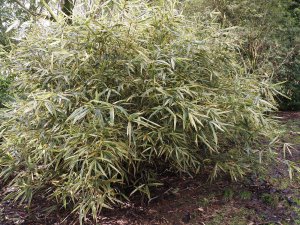
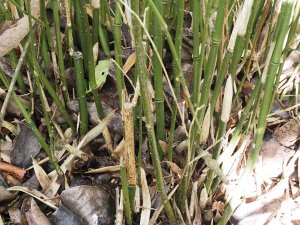
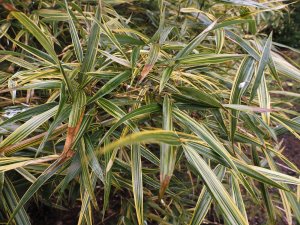
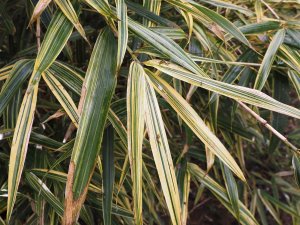
Down beside the lake there are massive clumps of just two species which can clearly be seen in 100 year old photographs:
Sasa palmata f. nebulosa grows to about 10-12ft in a dense clump around and enjoying the septic tank. Lovely culms and a good windbreak if you have the room and plenty of space. Hardy beyond belief – even if you burn it to the ground it soon reshoots.
This gives us a collection of around 25 species and varieties. There may be two more below the dog kennels in Old Park where there are a few surviving small clumps of Pseudosasa japonica. One may well be Semiarundinaria fastuosa. We have planted Sasa veitchii in the Rookery windbreak but it did not prosper. We used to grow Pleioblastus simonii below Noahs Ark but this went when we dredged the pond. There is still a small cane or two of Arundinaria gigantea subsp. tecta above and below Rookery Gate. Chusquea gigantea is dead and Chusquea culeou has vanished from Hovel Cart Road.Burncoose has rather more varieties than us and the nursery of course stocks Sasa (now Saesella) ramosa as well as other dwarf growers including Shibataea kumasasa, Pleioblastus variegatus, Pleioblastus vividistriatus and Pleioblastus pygmaeus. In circa 1900 Burncoose garden was said to have 100 varieties of bamboo but I suspect the Chinese collectors called the same thing by many different names and who knows how many have flowered and died since. I have my doubts about the 100 ever being true. Today perhaps 40 and the nursery sells around 25 species.
Do I actually like bamboos and all the constant renaming of the difficult enough specie names? They have their place I suppose but I am only a part time fan! Over the years several experts have violently disagreed in trying to name elderly clumps at Burncoose. The problem for us all is that there are huge variations between immature and mature canes. Give me a ‘clumper’ rather than a ‘runner’ every time!




